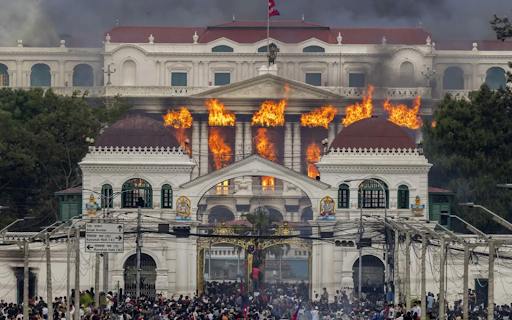With Prime Minister K.P. Sharma Oli’s resignation, Nepal stands at a critical crossroads: will the departure of one leader pave the way for genuine reform, or will it simply deepen the political instability that has plagued the nation for years? The youth-led protest movement that forced his exit is pushing for the former, but the country’s turbulent political history suggests the path forward is fraught with risk.
Oli’s resignation and the reversal of the social media ban were major victories for the protesters. However, these concessions do not address the root causes of the unrest: endemic corruption, nepotism, and a lack of economic opportunity. The protesters understand this, which is why their demands have shifted from policy reversal to a complete dissolution of the government. They see the entire system as the problem, not just a single leader.
This demand for a total reset, however, could create a power vacuum and lead to further political chaos. Nepal has already had 13 governments in the 17 years since it became a republic, and another collapse could set the stage for more infighting among the political elite, distracting from the very issues the protesters want addressed. The risk is that the movement’s energy could be squandered in another cycle of political maneuvering.
The challenge for the protest movement is to translate its power on the streets into lasting institutional change. The coming weeks will be crucial in determining whether this moment of crisis becomes a catalyst for a more accountable and equitable Nepal, or just another chapter in its long history of political instability.

